By Manzanillo Sun Writer from the February 2014 Edition
Terminalia catappa
Family: Combretum
Also known as: Sea Almond, Indian Almond, Malabar Almond, Barbados Almond, Bastard Almond, Bengal Almond, Country Almond, Demarara Almond, Fijian Almond and False Kamani.
Originally from Madagascar, Malaysia and the East Indies, the Tropical Almond Tree is now ubiquitous throughout the world’s tropics. Some assert that in 1793, the infamous British Navy officer, Captain William Bligh – of “Mutiny on the Bounty” renown introduced both the Breadfruit and the tropical almond to the West Indies. Others contend that in 1790 it first came to Jamaica.
The tasty and nutritious kernel protected within a thin (but hard and leathery) husk is edible. It has a similar texture and oiliness, as well as appearance and taste, to the “almonds” with which most of us are familiar and have often munched – Prunus dulcis. But, with no fear of going out on a limb, I can assure you that upon looking into their respective family trees (double groan!) we find that the Tropical Almond and Northern Almonds are in entirely different plant families. The latter is closely related to plums, cherries and peaches in the Rose family. Their kin, the Tropical Almonds, are related to Black Gum Trees and Eucalyptuses. Interesting, huh?
What other nifty nuggets of knowledge might we enjoy knowing about this intriguing tropical, desiduous tree? Well, extracted from the fruit can be a black dye and tannin (even in its natural state, tannic acid can stain cars, pavement and sidewalks, so remember that when planting one); in South America, oil is extracted from the dried nuts and used in cooking; the fruit has been
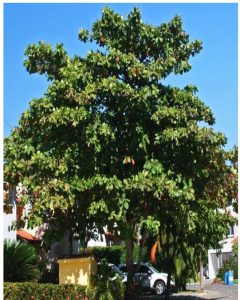
In maturity The Tropical Almond can grow to 55 feet or higher and 35 feet in branch width used to treat leprosy and headaches in traditional Indian medicine, as well as making dressings for rheumatic joints; out in the Pacific, Samoans believe the fruits relieve coughs; yet further west, in parts of South-East Asia, the fruit is effectively employed to treat dysentery; and, here in Mexico, ripe Indian Almond fruits are used as a folk remedy to thwart travel nausea as well as, purportedly, curing or, at least, hampering asthma.
Beyond the afore cited, I’ve read that it has numerous additional folk medicine usages including: that of an antibacterial agent as well as a contraceptive, treatment for cancer, colic, eye problems, intestinal parasites, leprosy, liver disease, nausea, scabies, sickle cell disorders, and upset stomach. Additionally, extract from the leaves has been shown to possess anti-diabetic and antioxidant properties. And on top of that, there is some research that indicates it might even help treat high blood pressure. With a healthy Terminalia catappa in the backyard who needs a pharmacy?
Why, if you live on a coast, it will even come to you, as
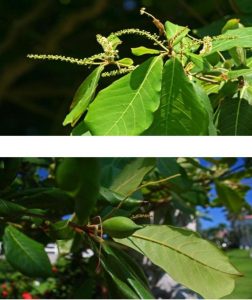
(Before proceeding much further, allow me to give credit to Roger Lynn, of Hotel Casa Mexilio in “the heart of downtown Merida, Yucatan”, from whom I derived great data – confirmed by multiple others sources – through his superlative article on this tree. Check out his site: http://casamexilio.com/)
What else about this “Wonder Tree”? Among other things, its hard, attractive, strong wood is used in the construction of barrels, boxes, boats, bridges, buildings, (a lot of “B” things I note!), carts, crates, floors, planks, water troughs and wheelbarrows. In Fiji and Samoa it is the favorite wood used in the
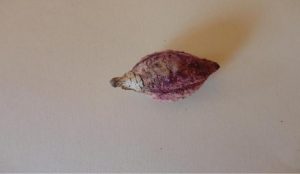
building of native drums.
With its foliage being somewhat pagoda shaped, it has a single trunk, growing usually to around 30 to 55 feet tall. It has whorls of nearly horizontal, slightly ascending, branches (reaching up to 35 feet in width) that droop at the tips. The leaves are short stemmed, dark-green above, paler beneath, leathery and glossy. They are spirally clustered at the branch tips, obovate meaning they are “egg-shaped and flat, with the narrow end attached to the stalk” – and up to eleven inches long and six inches wide.
During the dry season, they can turn to colors of 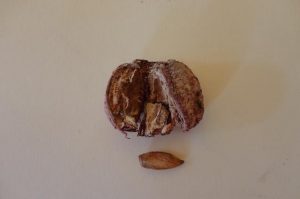 red, yellow, purple or copper and, without water, will fall from the tree.
red, yellow, purple or copper and, without water, will fall from the tree.
Its rather inconspicuous, blossoms are green and white, arranged in groups of five with ten to twelve stamens each all of them on six inch long terminal clusters.
It is tolerant of strong winds and salt spray, preferring freely drained, well aerated, sandy soils, enjoys being mulched and deeply appreciates regular fertilization.
Want a somewhat pedestrian but hardy, utilitarian tree? This is it!
For back issues of “Roots”, gardening tips, tropical plant book reviews and videos of numerous, highly unique eco/adventure/nature tours, as well as memorable “Ultimate Experiences” such a Tropical Garden Brunches and Spa Services, visit www.olabrisagardens.com .”
Download the full edition or view it online
Manzanillo Sun’s eMagazine written by local authors about living in Manzanillo and Mexico, since 2009
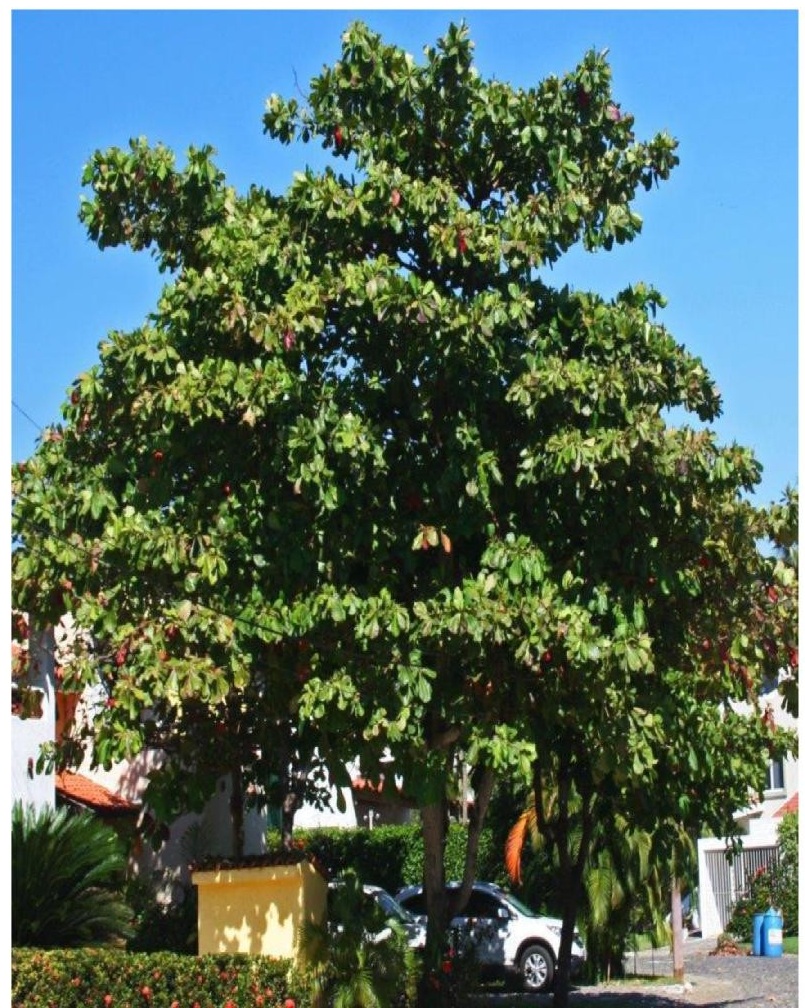


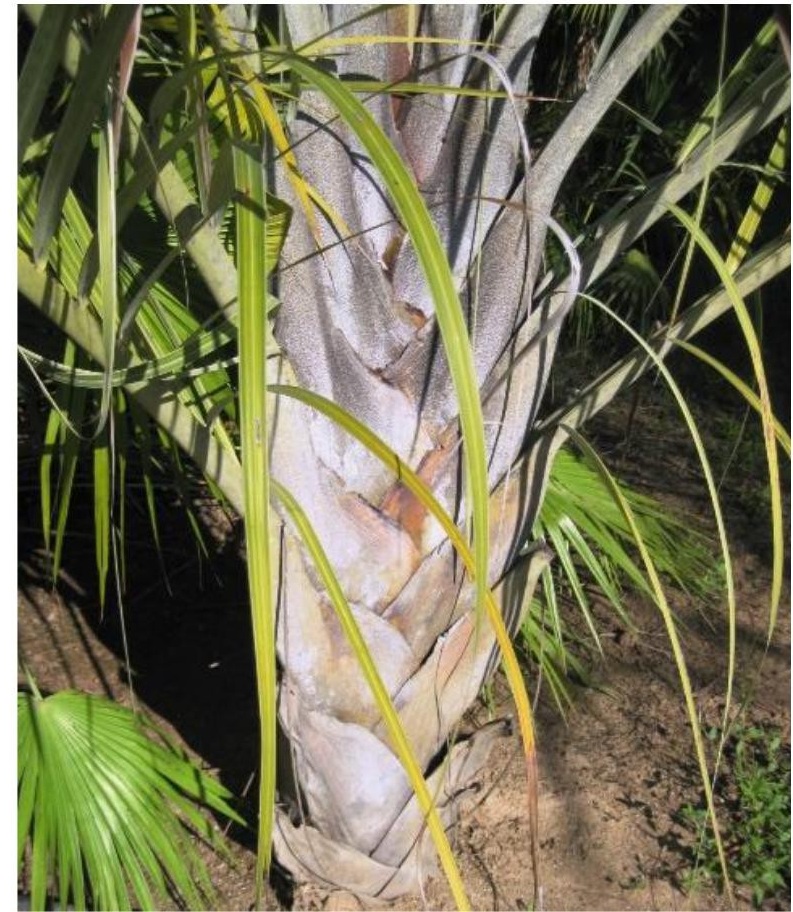

You must be logged in to post a comment.